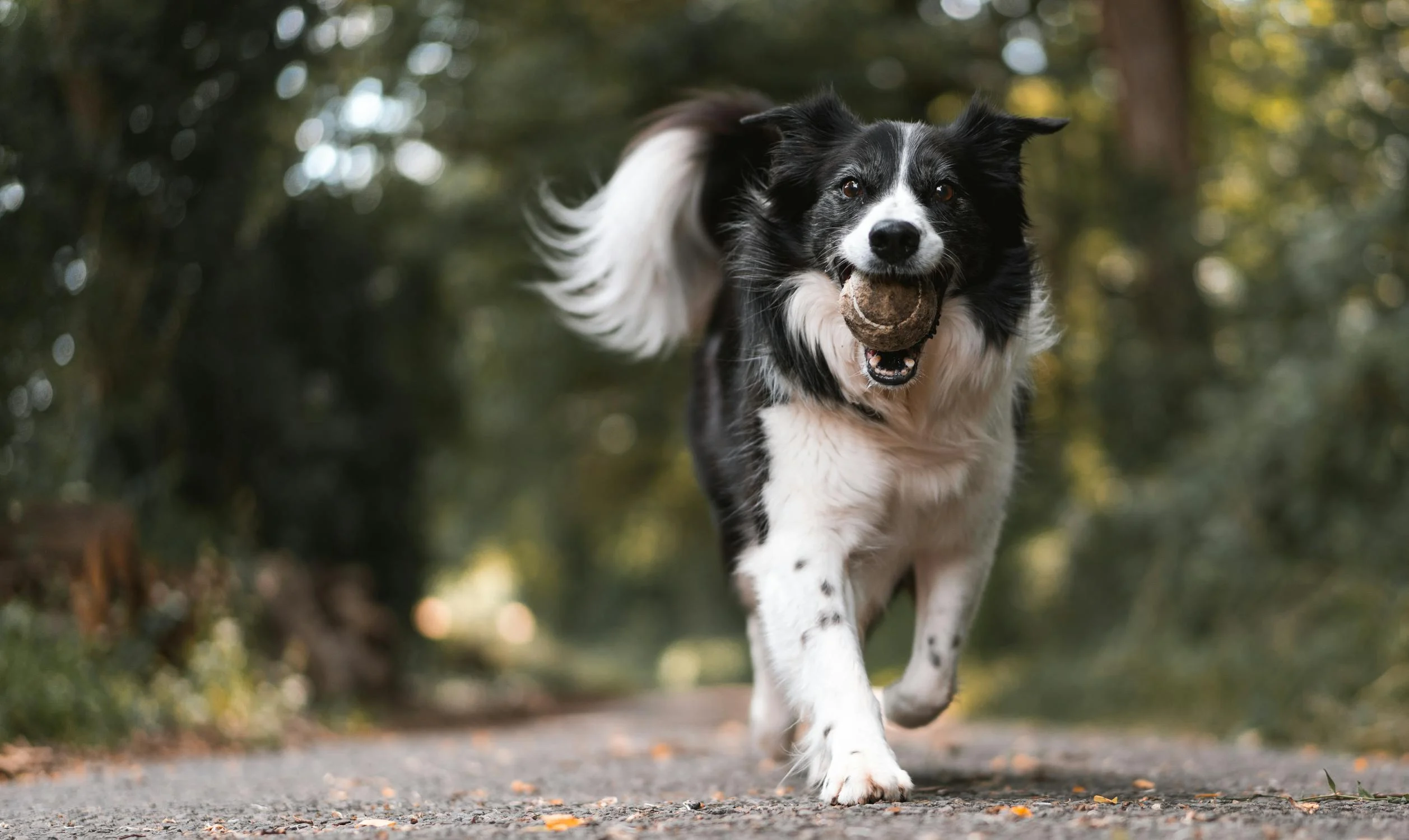-
Dogs & Puppies
-
Cats & Kittens
-
Other Pets
-
Shelters & Rescues
-
Guides & Resources

As temperatures rise during the summer months, pet owners often worry about their furry friends' well-being. One common concern is whether dogs are afraid of heat and how it affects them. While dogs don't experience fear of heat in the same way humans might fear extreme temperatures, they can suffer from heat-related issues that owners need to be aware of. Understanding how heat affects dogs and taking steps to keep them cool can ensure their safety and comfort during hot weather.

Dogs regulate their body temperature differently than humans. They don't sweat through their skin as we do; instead, they primarily cool themselves through panting and a limited number of sweat glands located in their paw pads and noses. Panting helps evaporate moisture from their tongues, nasal passages, and the lining of their lungs, cooling them down. However, this method of cooling is not as efficient as human sweating, making dogs more susceptible to overheating.

Dogs may not fear heat, but they can certainly suffer from it. Heat stress can quickly escalate into heat exhaustion or heat stroke, both of which are serious and potentially life-threatening conditions. Pet owners should watch for the following signs of heat stress in their dogs:
1. Excessive Panting: While panting is normal, heavy and prolonged panting can indicate that a dog is struggling to cool down.
2. Dehydration: Dry nose, sticky gums, and a lack of elasticity in the skin can be signs of dehydration.
3. Lethargy: A dog that is unusually tired, sluggish, or unresponsive may be suffering from heat exhaustion.
4. Drooling: Excessive drooling can be a sign of heat stress, especially if it is thick and sticky.
5. Vomiting and Diarrhea: These symptoms can indicate severe heat stress and dehydration.
6. Uncoordinated Movements: Stumbling, staggering, or appearing disoriented can be signs of heat stroke.
7. Bright Red or Pale Gums: Gums that are unusually colored can indicate poor circulation due to heat stress.
8. Collapse: In extreme cases, a dog may collapse due to heat stroke.

Preventing heat-related issues in dogs involves a combination of vigilance, planning, and common sense. Here are some tips to keep your dog cool and safe during hot weather:
1. Provide Plenty of Water
Always ensure your dog has access to fresh, cool water. During hot weather, dogs need to drink more to stay hydrated. Carry a portable water bowl and extra water when you go for walks or outings.
2. Avoid Midday Heat
Plan walks and outdoor activities for early morning or late evening when temperatures are cooler. Avoid exercising your dog during the hottest parts of the day, typically between 10 a.m. and 4 p.m.
3. Create a Cool Environment
Ensure your dog has a cool, shaded place to rest. Indoors, use fans or air conditioning to keep the temperature comfortable. Outdoors, provide access to shaded areas and consider using a kiddie pool filled with water for your dog to cool off.
4. Never Leave Your Dog in a Parked Car
Even on mild days, the temperature inside a parked car can quickly rise to dangerous levels. Never leave your dog in a car, even for a short period.
5. Use Cooling Products
Cooling mats, vests, and bandanas can help keep your dog comfortable. These products are designed to stay cool for extended periods and can provide relief from the heat.

6. Grooming Considerations
Regular grooming can help keep your dog cool by removing excess fur. However, be cautious about shaving your dog, as their coat also protects them from sunburn. Consult with a professional groomer for the best approach.
7. Recognize Individual Needs
Some dogs are more prone to heat-related issues than others. Breeds with short snouts (brachycephalic breeds) like Bulldogs, Pugs, and Boxers, as well as older dogs and those with medical conditions, are at higher risk. Pay extra attention to these dogs and take additional precautions to keep them cool.
If you suspect your dog is suffering from heat stroke, it is crucial to act quickly. Move your dog to a cool, shaded area and offer small amounts of cool (not cold) water. Use wet towels or cool water to dampen your dog's body, focusing on the head, neck, and chest. Do not use ice or very cold water, as this can cause blood vessels to constrict, trapping heat inside the body.
Immediately contact your veterinarian or an emergency animal clinic for further instructions. Heat stroke is a medical emergency, and prompt treatment is essential to prevent serious complications or death.

While pet dogs may not be afraid of heat, they are vulnerable to its effects. Understanding how heat affects dogs and recognizing the signs of heat stress are crucial for any pet owner. By taking proactive measures to keep your dog cool and hydrated, you can help ensure their safety and comfort during the warmer months. Remember, your dog relies on you to protect them from the dangers of heat, so stay vigilant and prioritize their well-being.